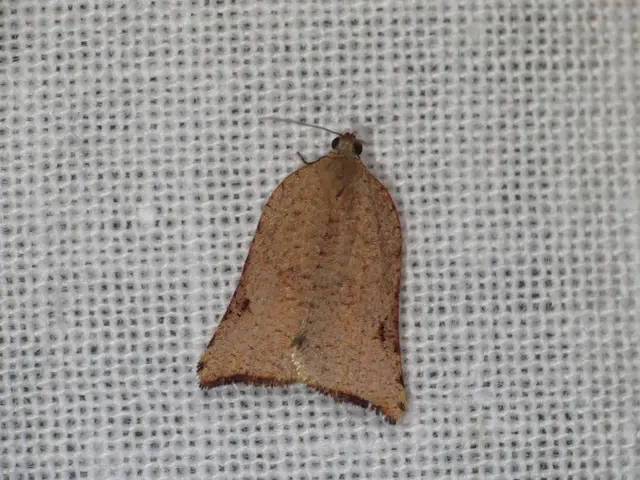Prepared T-Rex Leather Accessory: Introducing the World's First T-Rex Handbag
Ready to step back in time? Researchers are gunning to recreate a piece of dinosaur history, and this time, it's not just about fossils. In a jaw-dropping collaboration, a creative agency and two biotech companies are aiming to create the first lab-grown leather from none other than a T-Rex, one of the most fearsome creatures that roamed the Earth 66 million years ago!
T-Rex Leather: The Creation of the Future
VML, a global creative agency, has teamed up with Lab-Grown Leather and The Organoid Company to bring this dream to life. According to VML's official Instagram post, this wild idea involves combining creative innovation, genomics, and advanced tissue cultivation to create T-Rex leather by the end of 2025.
This next-generation material promises to push the boundaries of what's possible in the realm of luxury goods.
Astonishing Discovery: Child unearths 3,800-year-old artifact## How does T-Rex leather come to life?
Recent findings have revealed that collagen—a key protein responsible for providing strength and elasticity—has been preserved in ancient T-Rex fossils. As reported by the Daily Mail, researchers are using a collagen fragment from a T-Rex fossil discovered in 1988 in Montana to reconstruct a full-length collagen sequence of this fearsome predator.
Lab-Grown Tissue to the Rescue
Once the collagen sequence is determined, it's translated into DNA and added to lab-grown cells, where it can "grow". This results in a dense collagen network, reminiscent of the middle skin layer that remains after tanning, forming a material similar to conventional leather.
Epic Rescue Operation: 2,000 sheep fall from ship into sea## The First Luxury T-Rex Leather Product
The initial luxury product, a high-end showing of this innovative material, is planned for late 2025, with accessories being the first target market. After its unveiling, T-Rex leather is expected to find its way into various industries, such as the automotive industry.
T-Rex leather promises to be cruelty-free, environmentally friendly, and sustainable, offering a compelling alternative to traditional leather options without compromising on haptics, durability, or the luxurious feel that leather is known for.
Shocking Find: Woman served live snake in her cocktailBas Korsten, Global Chief Creative Officer, Innovation and CCO EMEA at VML, explains the motivation behind this venture: "Making T-Rex leather allows us to harness the biology of the past to create the luxury materials of the future. This groundbreaking collaboration represents the intersection of creative innovation and cutting-edge biotechnology."
The production of T-Rex leather involves a complex process utilizing fossilized dinosaur collagen as a template. Here's a simplified breakdown:
- Collagen Extraction and DNA Synthesis: First, fossilized T-Rex collagen is used as a blueprint to synthesize T-Rex DNA.
- Cell Engineering: The synthesized DNA is then used to engineer cells with specific genetic instructions. This process is supported by companies like The Organoid Company, specialists in genomic engineering.
- Lab-Grown Leather Production: The engineered cells are then integrated into a proprietary tissue engineering platform developed by Lab-Grown Leather Ltd (LGL). The result is a material that mimics traditional leather in durability and repairability, yet is fully biodegradable and cruelty-free.
- Product Development: Initial applications will focus on luxury fashion accessories, with the goal of creating a flagship product by the end of 2025. Afterwards, production is set to scale up for use in other industries like automotive.
This process represents a significant leap in sustainable material innovation, offering an alternative to traditional leather production with decreased environmental impacts. Exciting times ahead as we traverse the lines between science fiction and reality!
- The collaboration between VML, Lab-Grown Leather, and The Organoid Company aims to create T-Rex leather by the end of 2025, using creative innovation, genomics, and advanced tissue cultivation.
- A key protein, collagen, has been preserved in ancient T-Rex fossils, which researchers are utilizing to reconstruct a full-length collagen sequence of the T-Rex.
- The lab-grown T-Rex leather, once produced, is expected to be cruelty-free, environmentally friendly, and sustainable, offering a compelling alternative to traditional leather options.
- The first luxury product from T-Rex leather, planned for late 2025, will be accessories, with subsequent use in various industries like the automotive industry.




